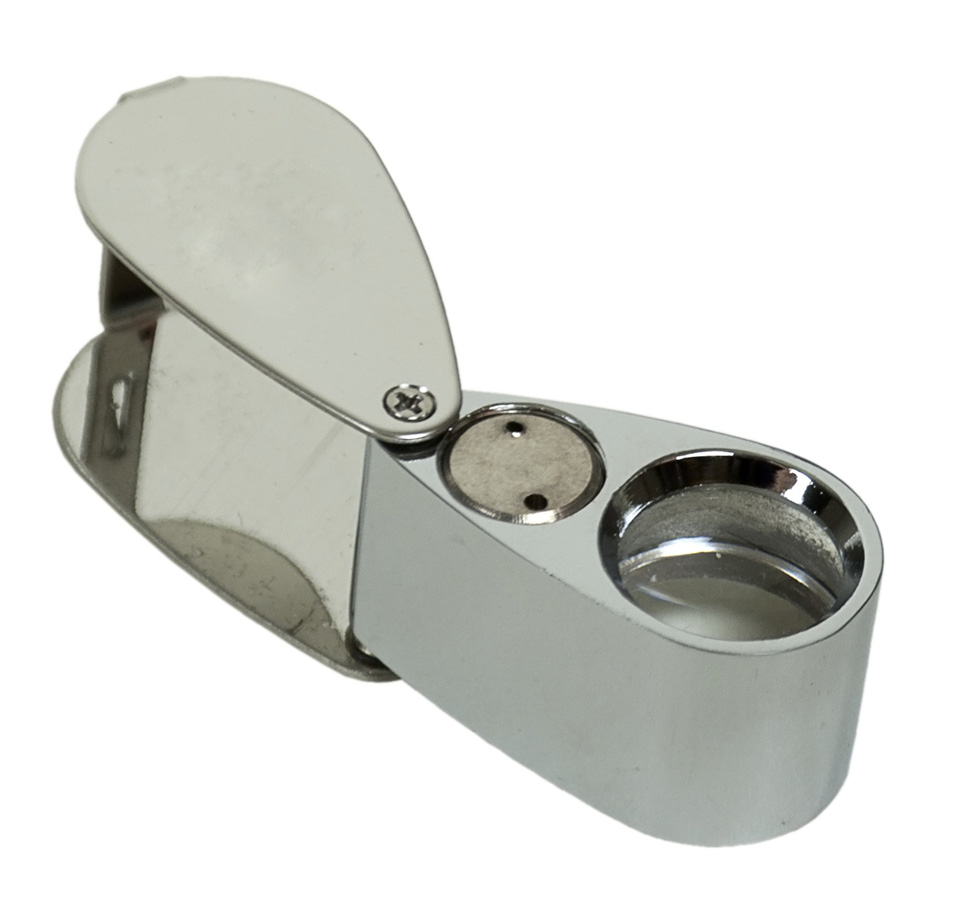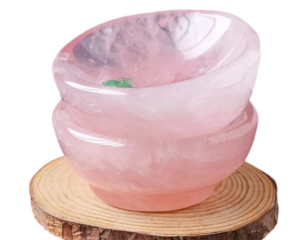10x Loupe: One of the most important instruments for the identification of gemstones is the 10x loupe. The hand-held lens, or hand loupe, is perhaps the most frequently used item of the gemologist equipment.
- It is the standard magnification used for diamond clarity grading.
- With experience, many gemstones can be positively identified by the careful inspection of internal and surface features.
A quality loupe should be corrected for defects (aberrations) to be useful. Two important aberrations in lenses are chromatic aberration – due mainly to the material of which the lens is made up, and spherical aberration – due to the shape and curvature of the lens.
- Chromatic aberrationor colour distortion causes colour fringes to be produced round an image as the result of optical dispersion of the glass used in the lens.
- It is corrected by making the lens in two sections, each having a different dispersion.
- One lens is bi-convex and the other is bi-concave.
- Because of the different dispersion of the two lenses, all the colour component rays in white light can be brought to a common focus.
- Composite lenses of this type are called achromatic lenses.
- Spherical aberrationor line distortion occurs in strongly curved lenses and results in the focus of rays passing through the edges of the lens lying closer to the lens, than the focus of those rays which pass through the centre of the lens. The resulting image has a hazy circumference and may be distorted.
- To correct this, the single lens is replaced by lenses of various radii i.e. of different curvatures.
As it would be impossible to avoid image distortion and colour fringing if the 10x hand loupe were made using only a single lens, all high quality loupes use compound lenses, consisting generally of three lens elements. The lenses are called triplets, and are corrected for both chromatic and spherical aberration. Such a corrected lens is called an aplanatic lens and generally consists of a double-convex crown glass lens between lenses of flint glass.
With all loupes, illumination of the stone under inspection plays an important part. The lamp used to illuminate the stone should be adjusted as to direct light into the side of the gem. Any internal features of the gem will then appear brightly visible against a relatively dark background.
To use a lens correctly maintain the following procedure:
- Clean the stone thoroughly.
- Hold the lens very close to your eye, steadied against the cheek or nose.
- Hold the stone with a tweezer or your fingers approximately one inch from the lens or until it comes into focus.
- Observe the stone with the help of light coming from the side and not directly into the eyes. Any internal features of the gem will then appear brightly visible against the darker background of the stone.
- Keep the lens always out of the light, but the stone always in the light.
- First look for surface characteristics like pits and polishing lines, and then focus down into the stone for inclusions, doubling, etc.




























Leave a Reply
You must be logged in to post a comment.